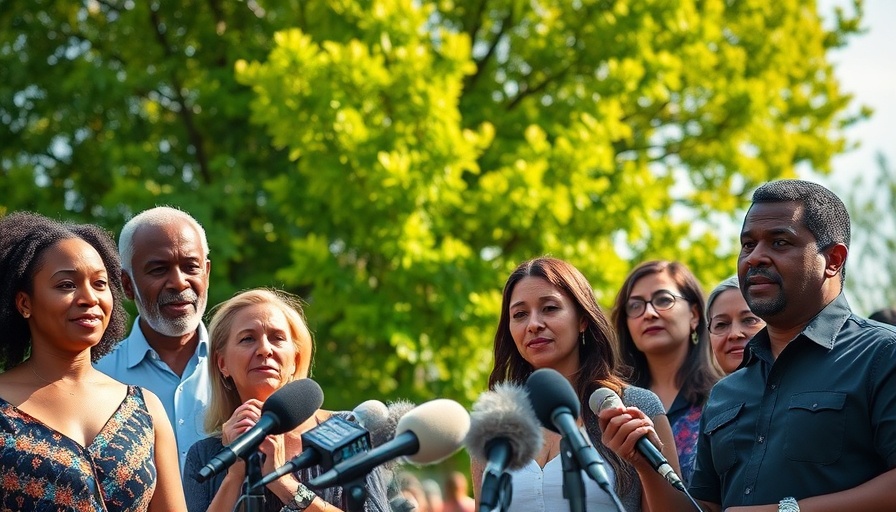
Why Are BC Conservatives Questioning a $1 Million Mental Health Contract?
The British Columbia Conservative Party is raising eyebrows over a substantial contract awarded by the NDP government to a top mental health advisor. Dr. Daniel Vigo, appointed as the chief scientific advisor for psychiatry and dealing with concurrent disorders, has been placed at the center of the controversy due to his hefty compensation structure. Valued at up to $1 million per year, the questions surrounding this contract reflect broader concerns about budgeting priorities in the realm of mental health and addiction, especially amidst an ongoing drug crisis.
The Context: Mental Health Crisis in British Columbia
In recent years, the B.C. province has faced a notable increase in mental health issues, exacerbated by the ongoing opioid crisis. It has led to heightened public and political demand for effective interventions. Dr. Vigo's appointment last year highlighted the provincial government’s commitment to addressing these challenges through scientific leadership. However, some critics argue that the money might be better spent on direct support services rather than high-profile consultancy roles.
A Closer Look at the Contract
At the heart of the controversy is Dr. Vigo's salary structure, which allows him to earn $250,000 per quarter, potentially reaching $1 million annually. Additionally, he is entitled to 12% of his salary for administrative costs. This arrangement has not only attracted scrutiny from political opponents but also from the public, who wonder how such extensive fees can be justified when the mental health system is already under strain.
Political Reactions: Grievances Over Allocation of Resources
Claire Rattée, MLA for Skeena and a member of the BC Conservative Party, articulates this concern effectively. "It was clear during the election that certain interventions were needed. This was an attempt by the government to lend credence to their actions using scientific backing, while many feel that the basic needs of the system remain unmet," she says. Critics argue that the funds should be redirected towards immediate care and rehabilitation facilities instead of consultancy fees.
Historical Context: The Evolution of Mental Health Policy in Canada
Historically, the treatment of mental health in Canada has oscillated between progressive and regressive phases. After years of deinstitutionalization, there’s a stronger emphasis on community-based care today. Yet, as the present controversies highlight, there remains a stark disconnect between policy decisions and the realities of mental health treatment on the ground. The concerns raised about Dr. Vigo's contract echo a long-standing debate over government spending and the efficacy of specialized advisors.
Public Sentiment and Community Perspectives
Community members and mental health advocates weigh in on the situation, emphasizing the need for transparency and accountability in how funds are allocated. Many are left wondering if hiring high-profile advisors is the best use of taxpayer money. With rising drug-related deaths and mental health crises, increasing the funding for direct services may be a top priority for citizens desperate for change.
Future Predictions: What Lies Ahead for Mental Health Funding?
As the BC government navigates its fiscal choices, the ongoing scrutiny of contracts like Dr. Vigo’s could influence future mental health funding allocations. If the Conservatives leverage this issue effectively, it might spark critical political dialogues surrounding responsible spending and health care priorities. The key might lie in balancing expert advice with actionable solutions that address the actual needs of those suffering from mental health and addiction challenges.
Conclusion: The Need for a Thoughtful Balance
The debate over Dr. Daniel Vigo's contract underscores a more significant narrative about mental health funding and government accountability in Canada. As the drug crisis persists, both political and community leaders must work collaboratively to prioritize efficient and impactful solutions that help individuals in need. Only through meaningful dialogue and focused action can B.C. hope to navigate its way to a healthier future.
 Add Row
Add Row  Add
Add 




Write A Comment